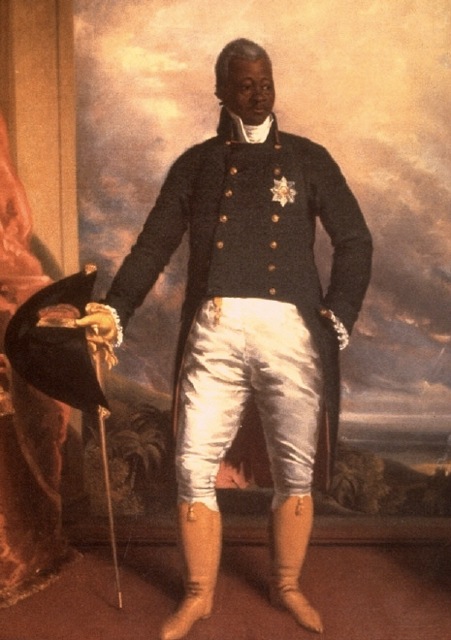Jan
31
I can see clearly now
Posted by: | January 31, 2010 | Comments Off on I can see clearly now
After last week’s discussions of the first half of “El Reino de este Mundo”, this week’s reading felt much easier to comprehend. While reading the text, things jumped out at me, (descriptions, ideas, etc.) that reminded me of topics discussed in class.
We discussed the difference in knowledge between los negros and los blancos. Carpentier suggests that los negros know and understand the discourse of the black slaves as well as the discourse of their white masters, while the white masters only understand their own discourse. For example, when Paulina Bonaparte realizes that the remedies of European doctors are not curing the diseases being spread, she turns to Soliman, her black masseuse, for African remedies (p. 84), suggesting the superiority of black remedies over European remedies.
Carpentier also often relates the black slaves to animals, or describes them as having animalistic traits or abilities. For example, Soliman, the black masseuse and lackey to the Royal family, “saltaba como un pajaro” (p. 85). Carpentier also describes Ti Noel as having the ability to “transformarse en animal cuando se tienen poderes para ello” (p. 147), similar to the ability of Mackandal to morph into various animals. Finally, in the end when Ti Noel comes to understand how the world works, that “el hombre solo puede hallar su grandeza, su maxima medida en el Reino de este Mundo” (p.152), Carpentier describes Ti Noel waiting for “el sol con las alas abiertas” (p. 153). He could have simply said “las brazas abiertas”, however using “las alas” gives the feeling of magic, of “lo maravilloso”. Everyday happenings described or seen in a magical way.
One thing that I found particularly interesting was Carpentier’s contrast between the ways in which the black slaves and white masters remember things. This contrast is illustrated when Soliman encounters the statue of Paulina Bonaparte. At first glance, Soliman only recognizes the body, but cannot remember whose body it is. However, after he “paseo una de sus palmas, en redondo, sobre el vientre. . . sus dedos buscaron la redondez de las caderas…” (p. 137) he remembers whose body it is. Having passed his hands over her body time and time again as her masseuse, Soliman finally remembers that this is the body of Paulina Bonaparte. Soliman uses his physical memory or memory of touch, as opposed to mental memory usually used by Europeans. Carpentier describes Soliman as having “una imperiosa rememoracion fisica” (p. 138), implying that physical memory is stronger than mental memory.
However, just as the book started to make more sense to me, I came upon “los gansos”, and could not quite figure out who they are. Are they really animals, or is this Carpentier’s “maravilloso” way to describe a group of people?
Lastly, I especially liked Ti Noel’s revelation at the end of the novel, where he realizes that “el hombre nunca sabe para quien padece y espera. Padece y espera y trabaja para gentes que nunca conocera…” (p. 151). He understands that there is a higher power governing the Earth and all that happens in it, and I feel like this embodies the idea of “lo maravilloso”. Things, events, happenings, occur in this world that we may not be able to understand completely, as they are controlled by other beings in “el Reino de los Cielos” (p. 152).

